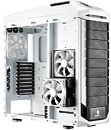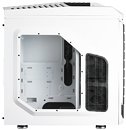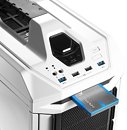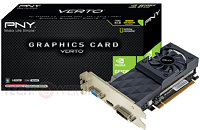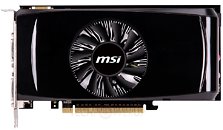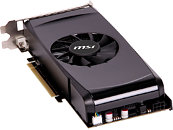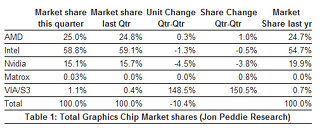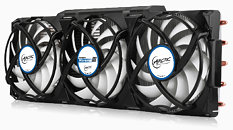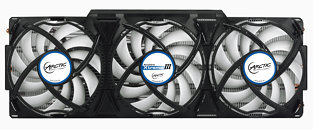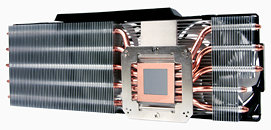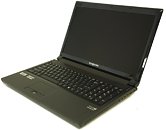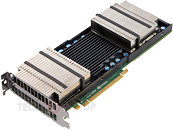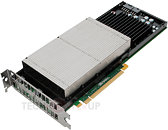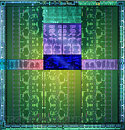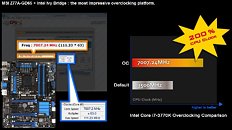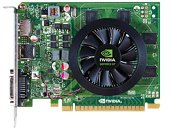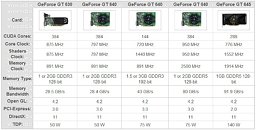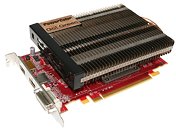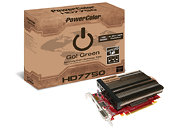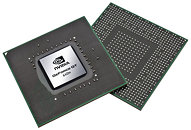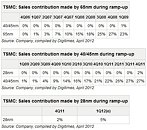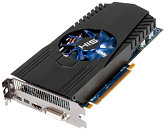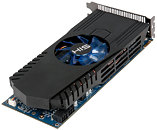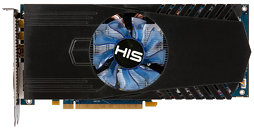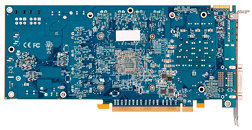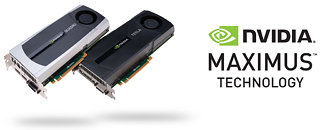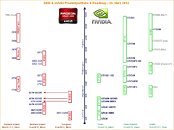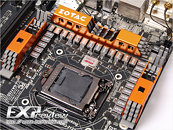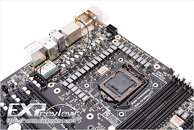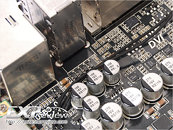
AMD Hires John Gustafson as Chief Graphics Product Architect
AMD announced today that the visionary behind Gustafson's Law, John Gustafson, has joined the company as senior fellow and chief product architect, Graphics Business Unit. In this role, Gustafson will set the technical vision for the AMD graphics business unit, driving the technology roadmap and platform for the AMD Radeon and AMD FirePro product lines as well as new technology planning and execution of business objectives. Gustafson will be based in Sunnyvale and will help evangelize AMD graphics leadership internally and externally.
"Our industry-leading graphics technology predicates that we consistently deliver the most differentiated and superior graphics processor unit (GPU) architectures and products -- without compromise," said Matt Skynner, corporate vice president and general manager, AMD Graphics. "With the growing importance of parallel compute in defining the computing experience, John brings the full package of industry experience and knowledge needed to help us expand and execute our AMD Radeon and AMD FirePro graphics technology programs, and will help forge an aggressive long-term roadmap that allows AMD to continue to lead and win with our gaming and virtualization technologies."
"Our industry-leading graphics technology predicates that we consistently deliver the most differentiated and superior graphics processor unit (GPU) architectures and products -- without compromise," said Matt Skynner, corporate vice president and general manager, AMD Graphics. "With the growing importance of parallel compute in defining the computing experience, John brings the full package of industry experience and knowledge needed to help us expand and execute our AMD Radeon and AMD FirePro graphics technology programs, and will help forge an aggressive long-term roadmap that allows AMD to continue to lead and win with our gaming and virtualization technologies."




